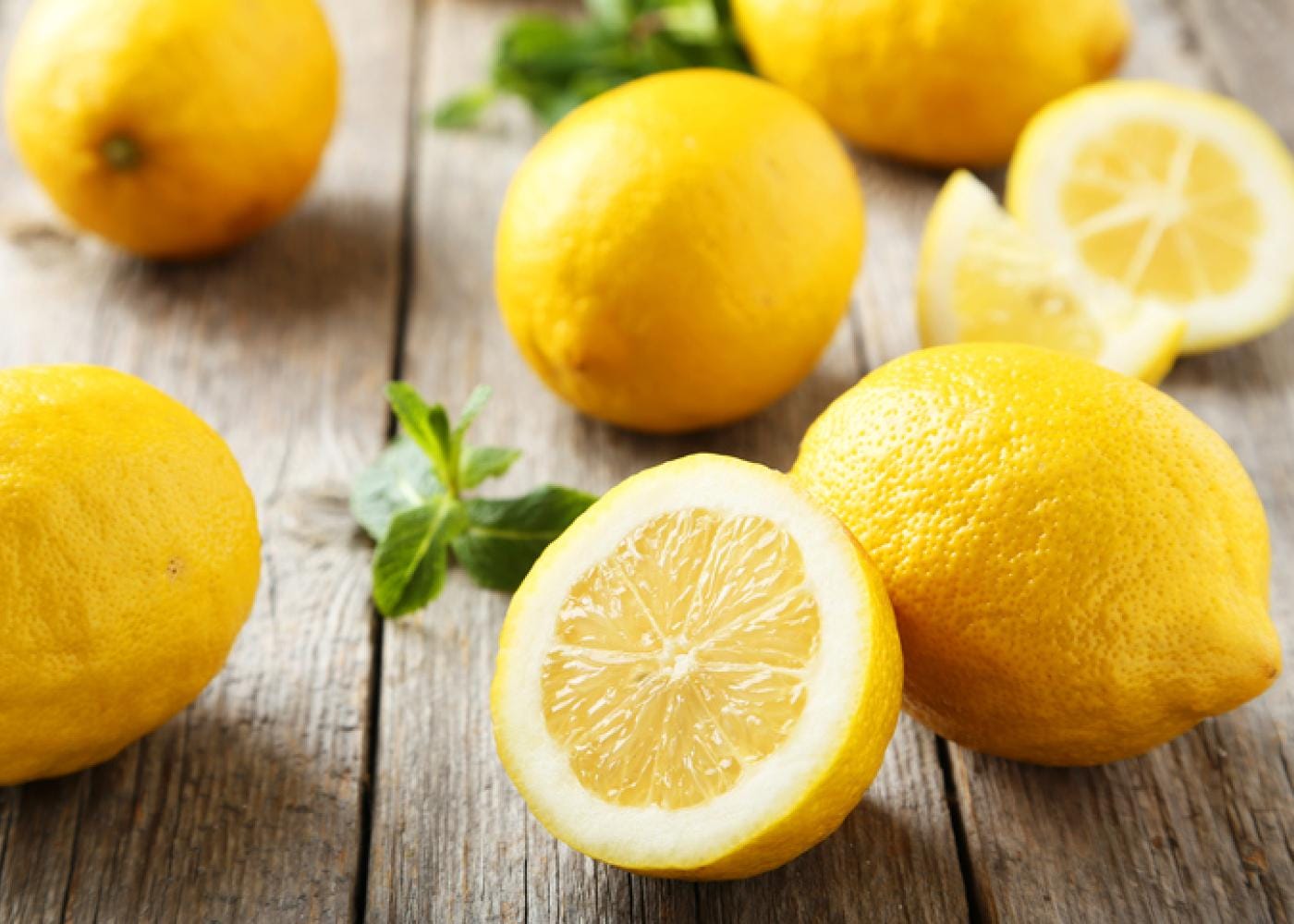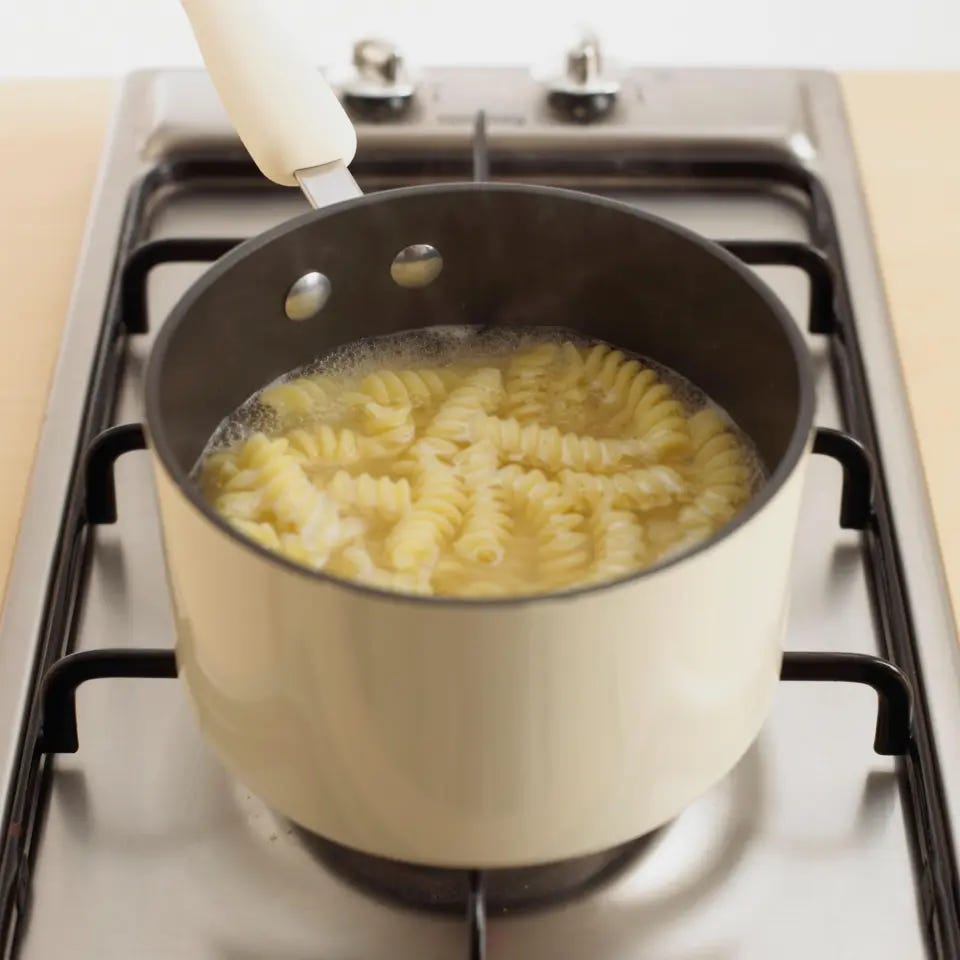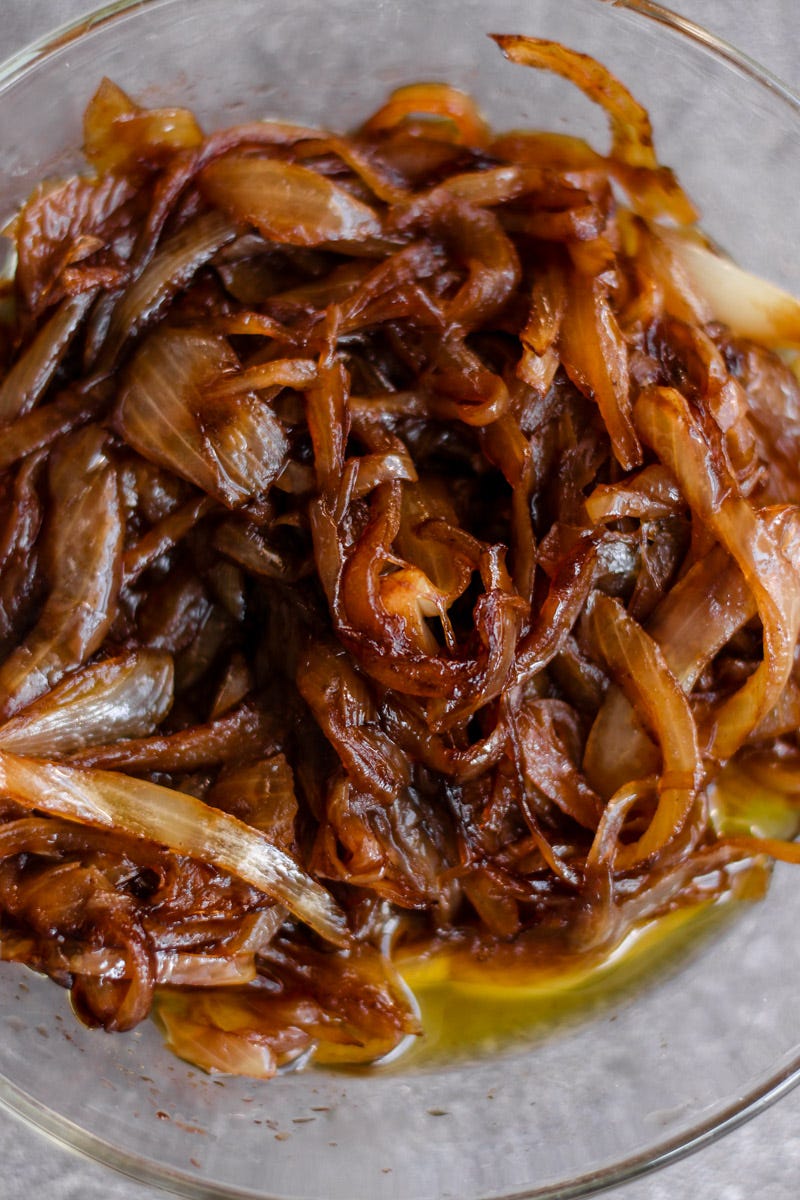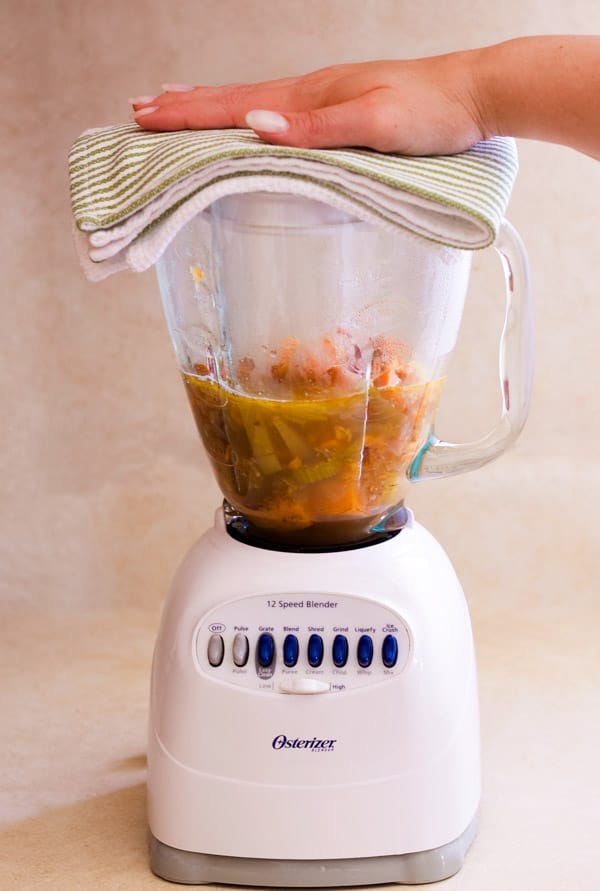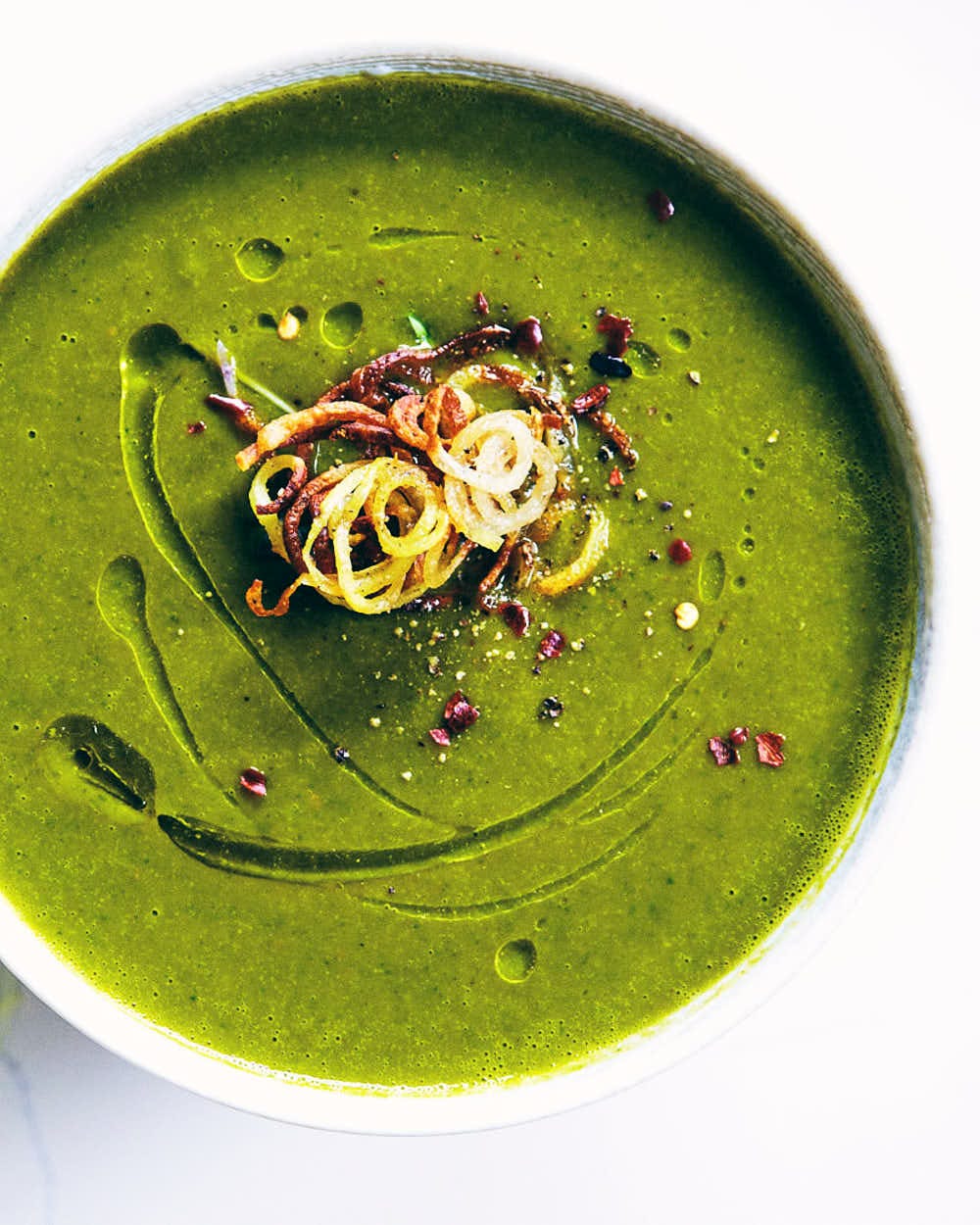 Gifts from the Sea on the Sonoma Coast
Gifts from the Sea on the Sonoma Coast
The Intentional Table
A Green Sea Anenome looking for a snack! In the culinary arts and herbal medicine worlds, sea vegetables have carved out a niche as versatile, nutrient-dense ingredients. Among the most celebrated are kombu and bladderwrack, two brown seaweed types stapled in traditional diets and remedies for centuries. 0715 @ Bodega Bay. = Heaven #IAMSOSPOILED because I live only 45 minutes from several beaches with an incredible abundance of seaweeds. I went yesterday and hand harvested about 20 pounds! The ones I love the most are Kombu, Bladderwrack, Nori, Sister Sarah, and Feather Boa. Yesterday,...
info_outline Arugula... it's a vegetable... right?
Arugula... it's a vegetable... right?
The Intentional Table
Arulgula…. it’s a vegetable! Click the Image above to hear it! Arugula Examining the Health Benefits and Nutrition of this Powerhouse Leafy Green Arugula was a valued green in ancient Rome, where it was celebrated in poetry and prose for its effects on mind and body. Unfortunately, it’s far less popular today than its cousins spinach and kale, even though arugula may be the healthiest green of all. In this article, we’ll look at the evidence for arugula’s health benefits and see if those ancient Romans were right to celebrate it. I know I shouldn’t do this because of...
info_outline Auto Immune Release Series Part 2
Auto Immune Release Series Part 2
The Intentional Table
Apple Blossoms @ Musea. Showy! Well, here it is, our second week of thoughts and inspirations about Auto-Immune conditions, how we all have a little of it going all the time, and what we can do about it. Spoiler alert: I am going to write about a plant-based diet this time. My hamburger loving self cringes. But remember that I said last time everything in moderation? Here is a good time to take a breath and remember that you do not have to go cold turkey on the turkey! Increase your intake of rainbow-colored fruits and vegetables. Consume more colorful fruits and vegetables to get as much...
info_outline Auto Immune Release Series Part 1
Auto Immune Release Series Part 1
The Intentional Table
Apricots Anyone? @ Musea What is an autoimmune disease? Why are we speaking about this, at length at the Intentional Table? Great questions! Let’s do this in reverse order. The why of this is life. We all know we are alive, as the machines that go ‘ping’ tell us when we are strapped in. But we also understand that there is way more to it than that. We are sometimes led to think that we are simply biological machines and that, like getting the oil in your car changed, you can go to the doctor if you live your life poorly, and they will ‘fix’ you. Then, out the door and on your...
info_outline Intentional Wellness from Musette
Intentional Wellness from Musette
The Intentional Table
Greetings all, How wonderful it is to speak to you through this simple platform. I wish we could all sit around the Intentional Table itself (mine or yours) and drink in the feeling of togetherness, which is the ‘why’ in the ‘what’ around here. I would like you to have a gift. It’s a preview of a book I am writing about Nutritional Wellness. It’s not a b…
info_outline I Taste, Therefore I Am...
I Taste, Therefore I Am...
The Intentional Table
At the Intentional Table, we taste. Do we ever! Every person who learns to eat, cook, or serve should also learn how to taste. Sounds easy, right? Not so fast, my dearest. Taste is an objective and a subjective thing! It’s objective because every person that is a person (despite a few unfortunate outliers) has taste buds built into the design. However, just because you have the hardware doesn't mean you have the software. If you do have the software, then you have an appreciation of fundamentals when it comes to how your organ of perception, which is your mouth, your tongue, your nose,...
info_outline Biodynamics Basics
Biodynamics Basics
The Intentional Table
Hello, my intrepid Intentional Table guests! Today, with our afternoon wine, will be the topic that is near and dear to our hearts here. Biodynamics. What is it, you may ask? Why is it important to this table, Musea, and our lives? All good questions. Read on, and if you want the DEEP DIVE EXTRA CREDIT, it’s at the bottom.⬇︎ There are two polar views of scientific reality when it comes to the consideration of the active practice of biodynamics. One is the left-brain approach, represented by the Newtonian Analytical view that has dominated science for the last two centuries. Newton...
info_outline February 4 is World Cancer Awareness Day
February 4 is World Cancer Awareness Day
The Intentional Table
Take a look at this team. They are really on it. Click the image for link. You may ask yourself, now, why would he say that? It certainly could apply to any human, anywhere. There are 340 activities around the world for Cancer Day. So, it must be happening, you know, out there somewhere. Hubris leads to nemesis. Cancer, hunger, war, disease, and crime all happen. It must happen because it’s all over the news. It’s hard to connect with anything like this while you read it on the device in your hand while it charges at Starbucks as you sip your mocha. Our children have never seen it. Our...
info_outline The Agony and The Ecstasy of the Table
The Agony and The Ecstasy of the Table
The Intentional Table
I thought I would take a few minutes to see if you would like to travel with me back in time to revisit exactly what the intentional table is and how it's considered here in our little conversation and in real life. If you asked me to cook for you, I would be delighted. That's all there is to it. I wouldn't question what our budget was, what the logistics were, or really what it was that you wanted to eat when you're with whom. All those things are in a particular way beside the point. What this means is that you're asking me to create with intention, something for you that actually serves...
info_outline Only the wounded eye can see
Only the wounded eye can see
The Intentional Table
I came up with this phrase while meditating yesterday. It was inspired by something my dear friend Andrew Johnstone told me recently. At the Intentional Table, we find ourselves circling back to an important theme with a recurring and increasing frequency: Gratitude. It's an incredibly overused, misused, and, I think, sometimes misleading term. Oxford says, “the quality of being thankful; readiness to show appreciation for and to return kindness.” In the latter part of that sentence is the key, which is ‘returning.’ There is an idea that we commonly refer to in Intentional...
info_outlineThis is part 2 of a 2-part series of incredible, spectacular, unbelievably great, and yet humble writing about SOUP.
8. Skipping the acid
Acid is often forgotten about as a flavor component in soup, and we can understand why. Soup is, by its very nature, a cozy, comforting dish, and astringent flavors from vinegar and lemon juice don't tend to be associated with that kind of wholesomeness. But if you're foregoing acid entirely in your soup, you should be prepared for something pretty boring. Acid adds sourness to soup, one of the five main taste sensations humans have, and this sourness can help to balance out heat, saltiness, and sweetness. Acid can also work to underpin other savory flavors in soup and give everything a refreshing sense of sharpness.
While some vegetables, like tomatoes, can add natural acidity, if you're working with more alkaline vegetables like celery or spinach, you may need some additional help. Generally, a simple squeeze of lemon juice or a dash of white vinegar will go well with most flavor profiles and can be added at any point in the meal. If your soup contains dairy, you could also consider adding one with a lower pH level, like sour cream or buttermilk. Bear in mind, too, that acid added just before the soup is served or squeezed directly into the bowl will usually taste brighter and sharper.
9. Cooking your pasta entirely in your soup
Soup is the perfect vehicle for pasta and noodles, as well as grains like rice or pearl barley. Including a carbohydrate element allows your soup to be more filling and more energizing, as well as arguably more comforting. But pasta and other grains are starch-heavy ingredients, and when you cook them, they release starch. If you're not careful, this starch will make your soup too thick and gloopy and disrupt the balance of your other ingredients. It will also change the color of your liquid, giving it a cloudiness that may not be ideal for recipes that aim for a clear broth.
Cooking pasta directly into soup also limits the amount of control you have with it – and if you add it too early, you may end up overcooking it and causing it to disintegrate. Rather than have this happen, the smarter thing to do is to partly cook it before adding it to your soup to finish it off, just before it's ready to serve. You should cook your pasta until it's about three-quarters of the way done, with a very al dente bite. When you add it to the soup, it will absorb the flavors of the broth in the last few minutes of cooking time while remaining firm in the bowl.
10. Adding your tomatoes at the start (assuming you are using these here…)
Tomatoes are an ingredient in countless soups; in some, like the ever-popular cream of tomato, they're the prominent flavor. But for soups that contain tomato as part of a larger flavor profile, like minestrone or chili soups, adding them at the beginning of the process is a surefire way to mess them up.
Tomatoes are acidic, with a pH level of around 4 to 4.5, depending on the type you're using. This pH level adds sourness and brightness to the soup, but it also lowers the overall pH level of the pot. When mixtures are more acidic, they interfere with the cooking process of other ingredients, like beans, stopping them from softening as well.
Cooking tomatoes for too long can also break down their natural vitamin C levels, meaning that your soup is less nutritious overall. To counteract all this, simply add your tomatoes later on in the cooking process, early enough so that they soften and cook down but not too early that they make everything tart. Usually, 20 minutes will be more than enough time to cook tomatoes and develop their flavors fully, and you may need even less time than this if your tomatoes are chopped into particularly small pieces.
11. Opting out of caramelizing your onions
Caramelizing onions can feel like a real chore. The process can take 20 minutes or more of slow, gentle cooking, which can add a significant amount of cooking time to your soup recipe. But skipping the caramelizing process and opting to sweat them instead means that you miss out on a huge amount of flavor. (Unless you have an Instapot cooker or another slow cooker. Check for recipes online; and they are easy and a great time saver.)
Caramelizing onions develops and draws out their natural sugars, creating an intense, complex flavor from the vegetable and neutralizing its sharp, pungent tones. By caramelizing them, you achieve a whole new layer of depth in your soup, giving it a savory-sweet undertone that makes everything taste more rich. Skipping the caramelization of onions will make your soup worse in most recipes, but it's particularly bad form when making French onion soup, which relies on the onions as its key flavor note. It's also worth noting that the longer you caramelize your onions, the more flavor will unlock. If you have the time, try cooking your onions for longer than the standard 20 minutes to test how much flavor you can extract from them and further deepen your soup's taste.
12. Puréeing your soup in a blender
If you like your soup smooth, puréeing it is essential. Puréeing soup allows you to smooth out your dish in mere seconds without having to simmer your vegetables excessively to cook them down, keeping their vegetal and bright flavor. However, although pouring it into a blender may seem logical, doing so is both cumbersome and dangerous. If you pour hot liquid into a blender and place a lid on top, its steam will create a large amount of pressure quickly. When you come to blend it, that steam will increase rapidly, which causes your soup to explode all over your kitchen. (I have done this pretty recently, and wow, I was red-faced and had a giant mess to clean. Duh.)
This will not only create a mess, but it's also a serious safety hazard. If using a regular blender is your only option, it's vital to allow your soup to cool enough before blending to ensure that it won't be harmful if it splashes on bare skin. You should also work in batches with your soup to limit steam build-up. In reality, though, the best thing to do is avoid using a countertop blender entirely and opt for a stick blender instead. These blenders can be inserted directly into your pot, preventing you from having to try and pour the whole thing out and take only a little more time than a regular blender.
13. Forgetting your umami flavor notes
Few flavors hit the spot like umami does. Also known as savoriness, this core taste gives food a meaty, rich, dense flavor and rounds out both meat-based and plant-based dishes alike. But when it comes to soup, umami can be trickier to achieve. This is particularly the case with vegetable-based soups, which can be lacking in savoriness. People often try to rectify this by adding more salt instead of reaching for umami sources, which then leaves the food briny.
u·ma·mi
/ˌo͞oˈmämē/
noun
a category of taste in food (besides sweet, sour, salt, and bitter), corresponding to the flavor of glutamates, especially monosodium glutamate.
Wait… you mean MSG? THAT monosodium glutamate? Yes! Did you know that your own body makes MSG? But, like so many things, we take it too far. (Who knew that 25 diet cokes per day would basically kill you?) When you overdo anything, it comes back to get you. MSG is a naturally occuring salt form that is perfectly fine for you. Just not to the tune of “in everything, all the time, every time.”
However, adding an umami boost to soup is simpler than you might think. Certain vegetables, like tomatoes and mushrooms, are naturally high in the glutamates that activate umami tastes, with garlic another key source. If you've added these already and you're still finding that your food tastes flat, try reaching for some soy sauce or Worcestershire sauce, both of which are umami-rich. Parmesan cheese is also a source of umami, and to extract its flavor effectively, you can simmer a parmesan rind directly into your broth. Stirring in some miso paste is also a great way to add some instant umami, and as most pastes are vegan, they'll fit into most dietary plans.
AND FINALLY…
14. Skipping a garnish
Soups are meant to be rustic and comforting, but there's no reason why garnishes can't go hand in hand with those traits. Garnishes are often skipped due to people deeming them unnecessary, but they can add crucial extra flavor to your soup, as well as a much-needed texture contrast. Using garlic croutons, for example, gives your soup a pop of umami while simultaneously adding a crunchy element, which is often lacking. A sprinkling of chopped parsley or cilantro, on the other hand, provides freshness and brightness, which pairs well with the deeper flavors of cooked vegetables or adds contrast to savory, meat-based soups.
When choosing a garnish, be mindful of the central flavors of your soup, and pick something that fits in with this. Vegetable chips work particularly well for multi-vegetable soups, adding crispiness while remaining in the taste world of the main dish. For a cream of broccoli soup, try using a small sprinkle of broccoli florets, perhaps blanching them first to brighten their color. Cream of mushroom soup, meanwhile, works very well with a garnish of sautéed mushrooms, which highlights the meal's flavors.
We have reached the end, and YOU, Chef, are now well-trained in the pitfalls and potential issues with making Soup. I realize that what I did NOT tell you is HOW to make actual soup, just the issues you may wish to consider as you cook.
I trust you. Now, go make some Soup.
Thanks for reading and supporting The Intentional Table.


